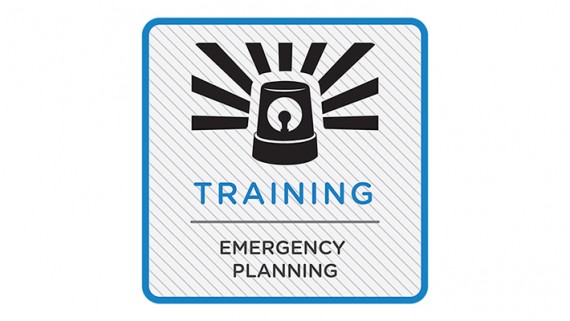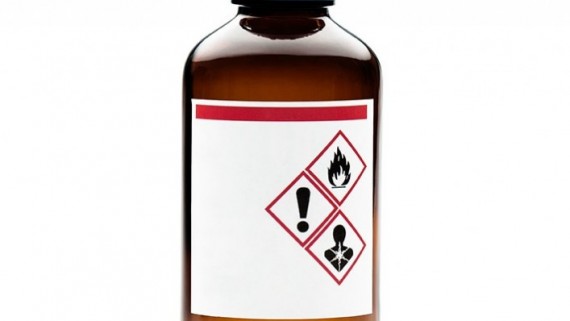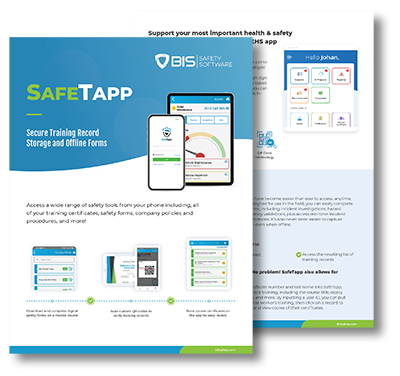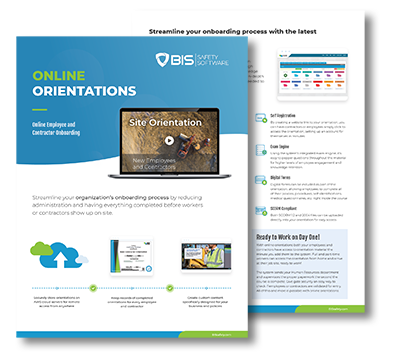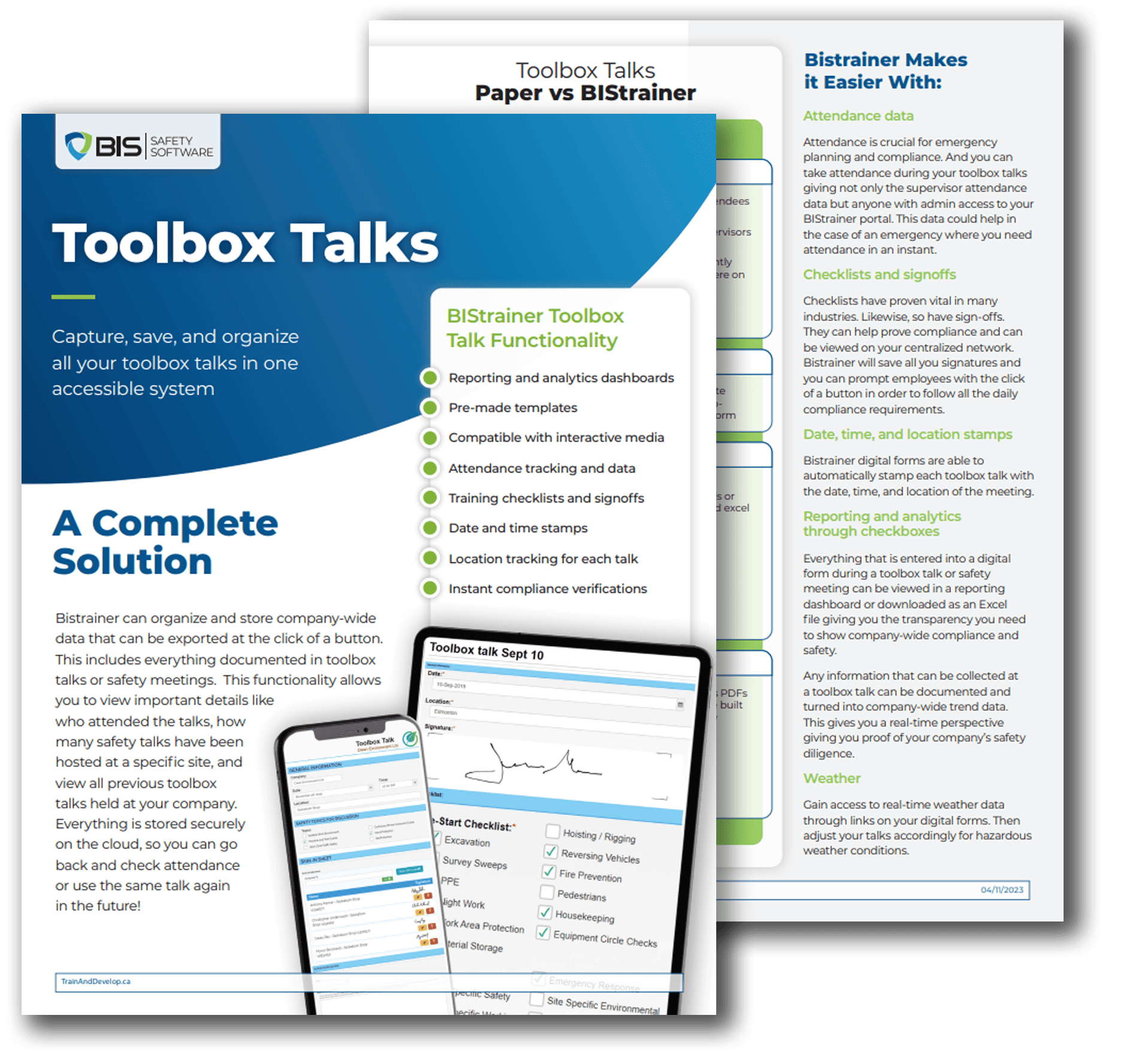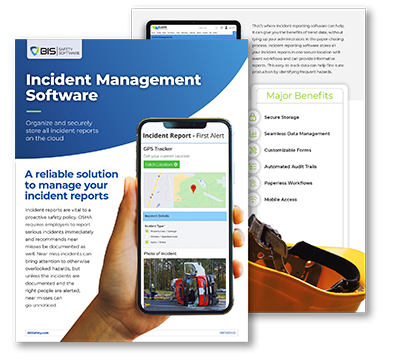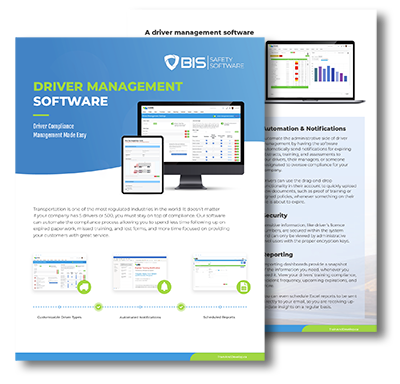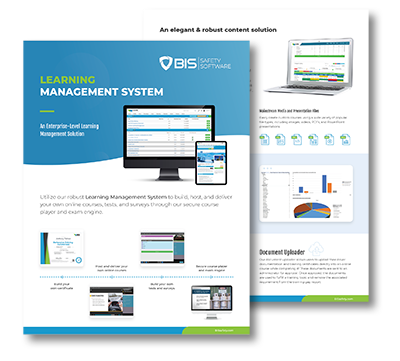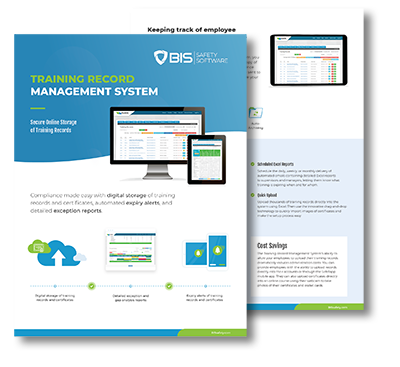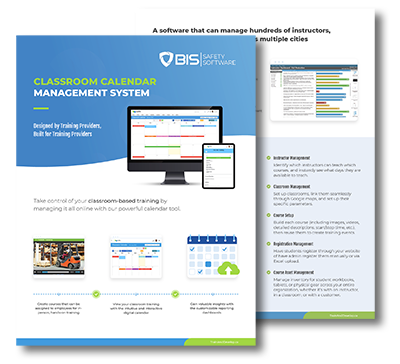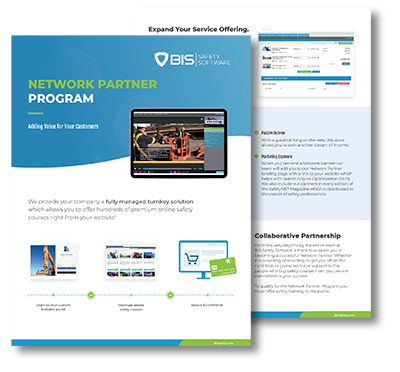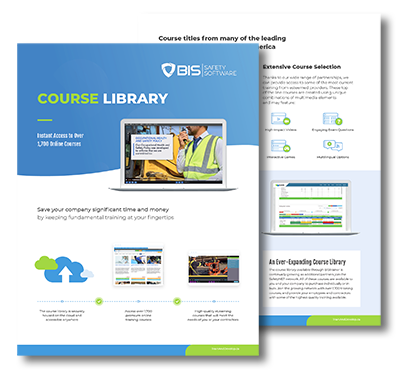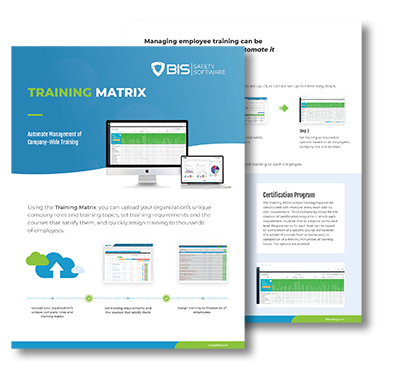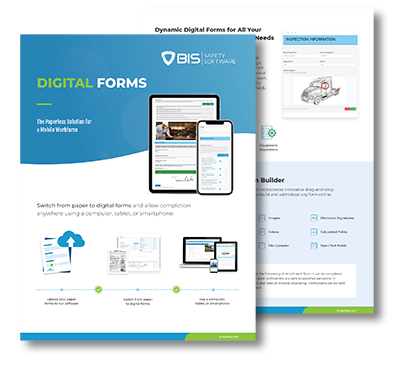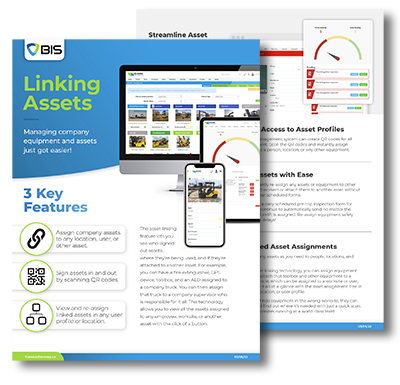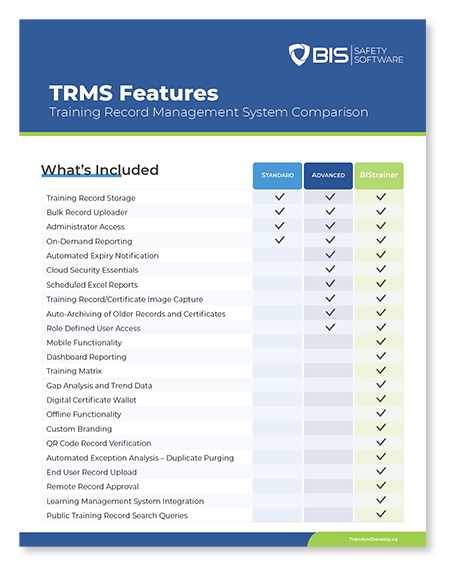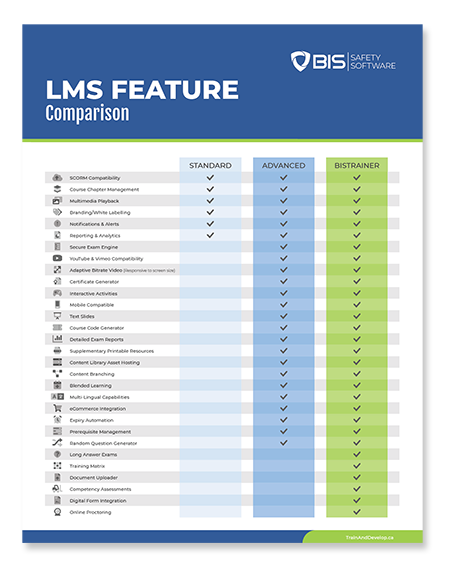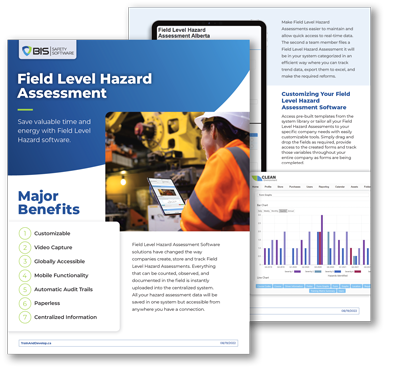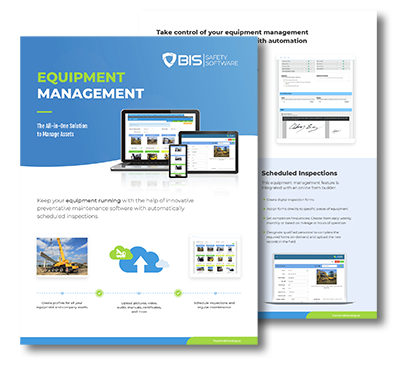This online Air Emissions Management course will help learners understand emissions regulations and how to comply with them.
Air Emissions Management
Air Emissions Management - Online Training
Air Emissions Management - Course Overview
Air pollution is a major environmental risk to health. By reducing air pollution levels, countries can reduce the burden of strokes, heart disease, lung cancer, and both chronic and acute respiratory diseases, including asthma. Additionally, clean air is particularly important in high-risk work environments where the use of appropriate PPE is necessary to avoid occupational illnesses.
Upon successful completion of this course, you should have a better understanding of how to:
- Identify the purpose and goals of the Clean Air Act Amendments (CAAA) of 1990
- Define attainment and nonattainment areas as described by the Clean Air Act
- Define key terms associated with Title I compliance requirements, including National Ambient Air Quality Standards (NAAQS), degrees of nonattainment, major source, Criteria Air Pollutants, and New Source Performance Standards (NSPS)
- Identify the requirements for attainment and maintenance of National Ambient Air Quality Standards as defined in Title I
- Identify the requirements for limiting Hazardous Air Pollutants as defined in Title III
- Define key terms associated with Title III compliance requirements, including Hazardous Air Pollutants, Maximum Air Control Technology, and Risk Management Planning, and NESHAPS
- Identify the purpose and requirements of Operating Permits as defined in Title V
- Define key terms associated with Title V compliance requirements, including Potential to Emit, Actual Emissions, and Allowable Emissions
- Identify the process for determining air-permitting compliance
- Identify the types of air permits from degree of least stringency to highest, including permit exemption, construction permits, minor source permits, synthetic minor permit, and major source permit
Air Emissions Management - Online Course Topics
- Purpose and goals of the Clean Air Act Amendments of 1990
- Title I – Attainment and Maintenance of NAAQS
- Title III – Hazardous Air Pollutants
- Title V – Operating Permit Program
- Air permitting process
Universally Compatible

Duration
Average Completion Time
Completion times vary depending on the number of times the information is viewed prior to finishing the course. The average completion time is 35 minutes.

Testing
Knowledge Assessment
Testing is conducted in this online course to reinforce the information presented. You are provided three opportunities to achieve a passing mark of 80% or greater.

Certificate
Certificate of Completion
Upon successful completion of this course, a certificate will be available to download and print. You can access your certificate through your online account.



